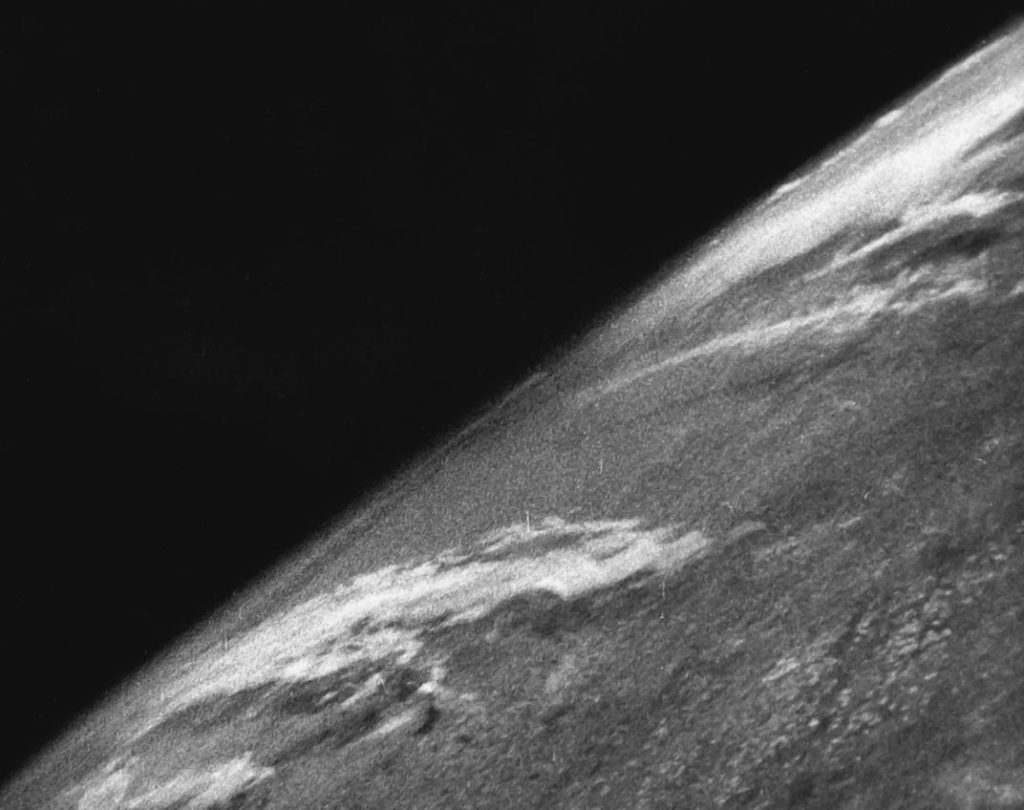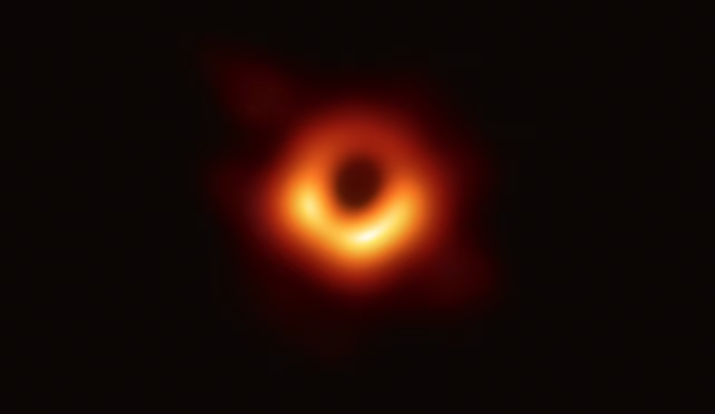Ever wonder what the first ever photograph was and when it was taken? Since it was around 200 years ago now, it’s hard to be 100% sure who was first, but we do have a pretty good idea.
In this article, we’ll take you through a list of photography “firsts” from the first photographed person to the first photographed black hole. Let’s dive in!
WHAT WAS THE FIRST PHOTOGRAPH TAKEN?

The world’s oldest surviving photograph was taken in 1826 in France by a man named Joseph Nicéphore Niépce. He spent years experimenting with different light-sensitive mixtures and materials, before hitting on the combination of polished pewter plates and a specific asphalt derivative.
He placed the asphalt-covered pewter plate inside a camera obscura (a dark box with just one small hole letting light in), put it on his windowsill, and left the lens open for as much as a whole day. The parts of the asphalt solution that were hit with the most light hardened, and once he washed away the rest, a positive image of the view from his second-story window was left on the plate.
Niépce carried on his work with photography for the rest of his life, teaming up with Louis Jacques-Mandé Daguerre. After his death, his son continued the work and, together with Daguerre, came up with the daguerreotype system for producing photographs.
A LIST OF OTHER “FIRST” PHOTOS
There are a lot of other “firsts” when it comes to photography. Here are a few interesting ones!
FIRST COLOR PHOTO

The first color photo was no accident. In 1861, Scottish physicist James Clerk Maxwell conducted experiments on how color worked. He wanted to show that all colors could be made through the right mixture of red, green, and blue light. He took three images of a tartan ribbon, one through a red filter, one through a green filter, and one through a blue filter.
When he used lanterns to project all three onto a screen simultaneously, the colors combined to make a full-color image that looked just like the original ribbon. This isn’t quite the same process we use to make colored photographs today, but it follows the same principles of combining red, blue, and green to create other shades of color.
FIRST PHOTO OF A PERSON

There are two contenders for this category—one is the first photo ever to contain a human being in it, and the other is the earliest-born human to ever have their photograph taken.
The first contender photo was taken by Louis Daguerre in Paris, in 1838. The subject of the photo is the street Boulevard du Temple, and most people passing through it moved too quickly to be caught in the photograph. In the bottom corner, however, a man can be seen getting his shoes shined by a shoe-shine boy.
The other contender is a photo from 1840 of a woman who may or may not be called Hannah Stilley Gorby, who may or may not have been born around 1746. It’s hard to be sure who she was or how old she was at the time of the photo because record keeping of the time wasn’t exactly meticulous. However, if she was born in 1746, she would have been around 94 years old when this photo was taken.

FIRST PHOTO OF A PRESIDENT

There are technically two answers for this category as well. We have one photo from 1843 of the retired 6th president of the United States, John Quincy Adams. It was taken 14 years after his presidency, but he was the earliest president to ever be photographed. It’s also the earliest surviving photo of a president.
The other option is unfortunately lost to us. We know from records that the 9th president of the United States, William Henry Harrison, posed for a photo on his inauguration day on March 4th, 1841. Unfortunately, the photograph was lost to history, so many people don’t count it as the first photo of a president.
FIRST PHOTO OF THE MOON

As soon as people could take photos, it wasn’t long before they started trying to get a shot of the moon. The oldest surviving attempt we have today is from March 26, 1840, though it is a little bit damaged. This daguerreotype was taken by British-born American scientist John W. Draper from the rooftop observatory at New York University.
FIRST PHOTO OF EARTH

Jumping forward about 100 years, we get our first photograph of the Earth from space. American scientists launched a V-2 missile on October 24, 1946, carrying a 35-millimeter motion picture camera.
The missile traveled to an altitude of about 62 miles and took the first photos of Earth against the dark backdrop of space. The film was protected by enough sturdy steel casing that it was able to survive the crash landing. Over the next few years, scientists sent up more and more missiles, going higher and higher, and brought back over 1,000 photos.
FIRST PHOTO OF MARS

Unsurprisingly, the first photo of Mars happened alongside the first successful landing on Mars. The Viking 1 touched down on Mars’ surface on July 20, 1976, and survived the landing, unlike earlier Russian spacecraft. That meant it was able to snap the first-ever photograph from Mars. Taking photos like this was the primary goal of the entire Viking mission, helping researchers learn more about the red planet.
FIRST PHOTO OF A BLACK HOLE

Even though around 200 years have passed since the first photos, photography “firsts” are still happening. In 2019, scientists finished assembling the first image of a supermassive black hole. It was no ordinary “photograph,” though.
A group of over 200 astronomers and their observatories worked on this project, gathering a petabyte of data on the possible black hole in galaxy Messier 87. It took two years of intense computing to turn all that data into an image, and now we have the first visual evidence that black holes really do exist.
THE POWER OF DIGITIZING OLD PHOTOS
We can look at all these first-ever old photos online because they’ve been digitized. This process ensures we have safe, backed-up versions of images and videos that can last much longer than the original physical versions.
To give your old family videos and photos the same treatment, contact Everpresent today to find out how we can help you digitize your collection.

